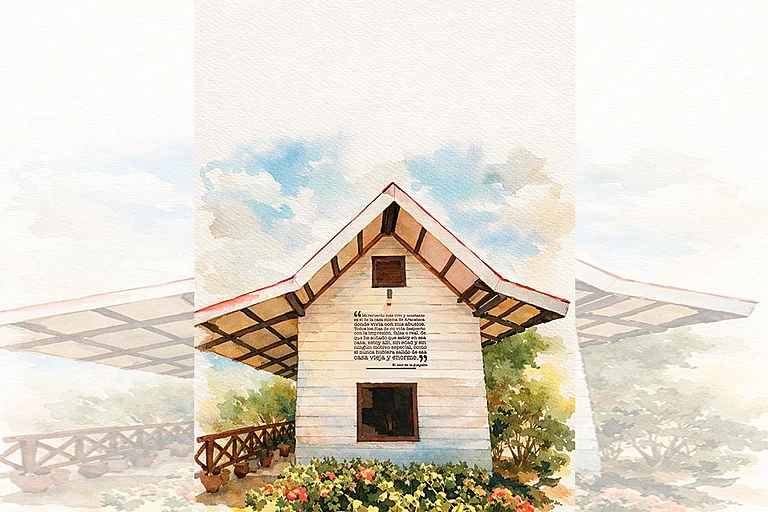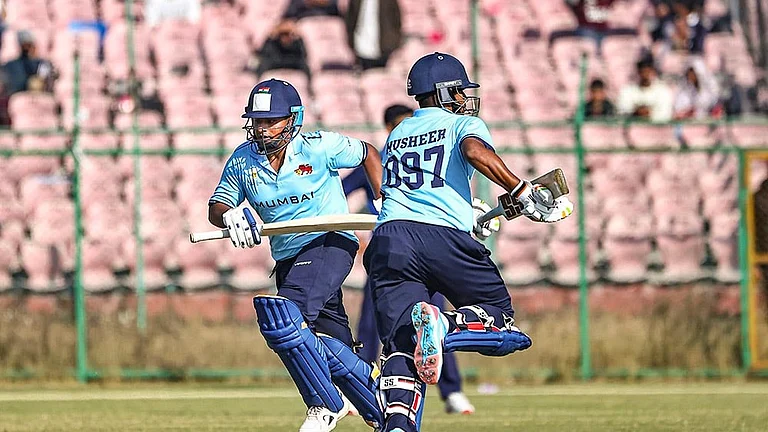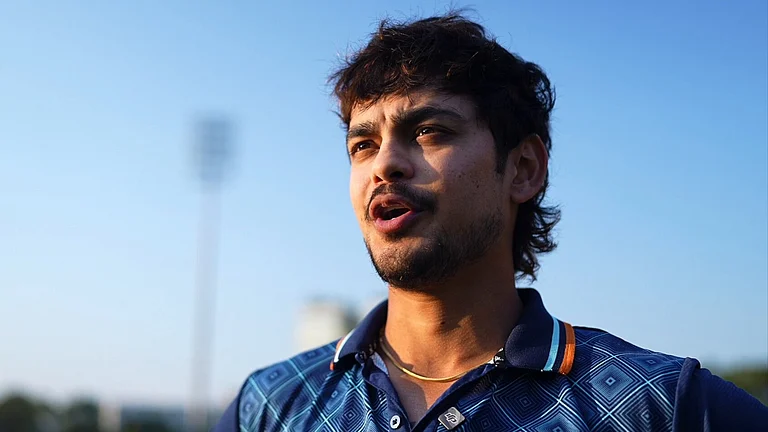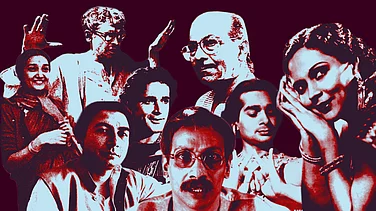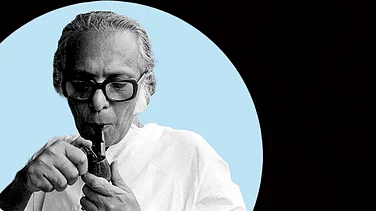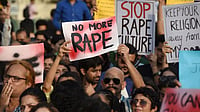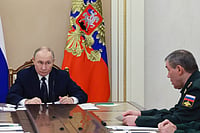THE East has met the West. Distanced in time from 1983 when Pankaj Udhas' path-breaking video appeared in Modella ke Sitare, picturising ghazals is no longer rare. Inspired by the success of western music videos—including the well-marketed slipshod ones—the artiste has tuned his temperament to the changed times. The results conform to the western pattern of two decades ago: a video boom in which class and crass waltz in blissful tandem.
Pankaj Udhas, the man to have started it all, fondly remembers: "When I had performed in a video for the first time, lots of people were astonished. Today, every artiste wants to make videos to ensure that the song becomes popular to the extent it deserves." Udhas' statement encapsulates the modern ghazal singer's approach. As the artiste feels: "A ghazal video has tremendous scope. The poetry has so much in it that one can use ruins and other outdoor locales to picturise the scenes." Eager to explore the audio-visual turf, Udhas' utterance acquires credence with factual support: his music video Aman was shot extensively in outdoor locales last year.
What's interesting is a lack of hesitation while exploring musical crossovers. On the lookout for video-friendly themes, the new generation has jettisoned the image of the old-fashioned performer. Tunes have been simplified so that the videos tell tales without turning into soporific rigmaroles. Portraying romantic stories that rhyme with the lyrics, they reflect the singer's awareness that the Indian listener would hate 'seeing' ghazals that sleepwalk like earlier.
The reflection is visible all over. While trying to retain quality, the quest for popularity is the new buzzphrase among artistes. Glamorous vocalist Peenaz Masani echoes the desire when she says: "The making of ghazal videos is a good development. After all, we too have to reach out to a wider audience." In the forthcoming month, Doordarshan will be telecasting a Peenaz Masani Video Show featuring six songs. Says the singer: "Of the six tracks, three are ghazals. While I have played myself in the songs, I have also taken on a hero to make thematically meaningful videos."
Remarks Hariharan, whose ghazals have an integrity matched by few today: "By giving a visual presentation to the ghazal, there is no doubt that the form has been commercialised. But it is good if one views the audio-scenario in its entirety." Udhas, who has performed everything, from film songs to geets, says: "We have to give good quality videos, good quality melodies. After all, the basic aim is to reach out to the common man." Not reluctant to oscillate between Geeta Dutt-like songs and ghazals, Masani asserts: "True. With the advent of the video, ghazal singers have expressed the desire to go commercial. But then, isn't commercialisation happening in every musical sphere?"
Of course, everything is not well with the average ghazal video. Compositions emerging from Gulshan Kumar's stable have a very nauseating trademark of a stereotype: an expressionless artiste uncomfortable with his performance, monotonous tunes clamouring for acceptance, repetitive scenes and comical romantic expressions. Speaking off the record, an artiste admits: "Yes. Such recordings are terrible, and it is unfortunate that most of the videos are made along those lines. It is one thing to say that the ghazal video is at an infantile stage, but the fact that they are mindlessly churned out makes no sense."
However, what's really heartening is the enterprise shown by artistes like Udhas and Masani. In Aman, which was premiered on ZEE TV last year, Udhas recorded substantially in South Africa. Admits Udhas: "There is no doubt that the expenditure on ghazal videos is enormous, and that I managed to shoot Aman in South Africa because I was there on a concert tour." But, he adds: "What's undeniable is that quality is the key figure. Since the idea is to popularise, the singer should be able to give reasons for it."
Looking back at 1983, however, what's for sure is that a move has been made in the right direction. Despite the fact that it costs between Rs 4 lakh and Rs 10 lakh to create such videos, modern ghazal singers are making innovative attempts to permeate the average household. The reason: their refusal to entertain a small audience any longer. Now they are aspiring for visibility in houses where none but MTV went before.








